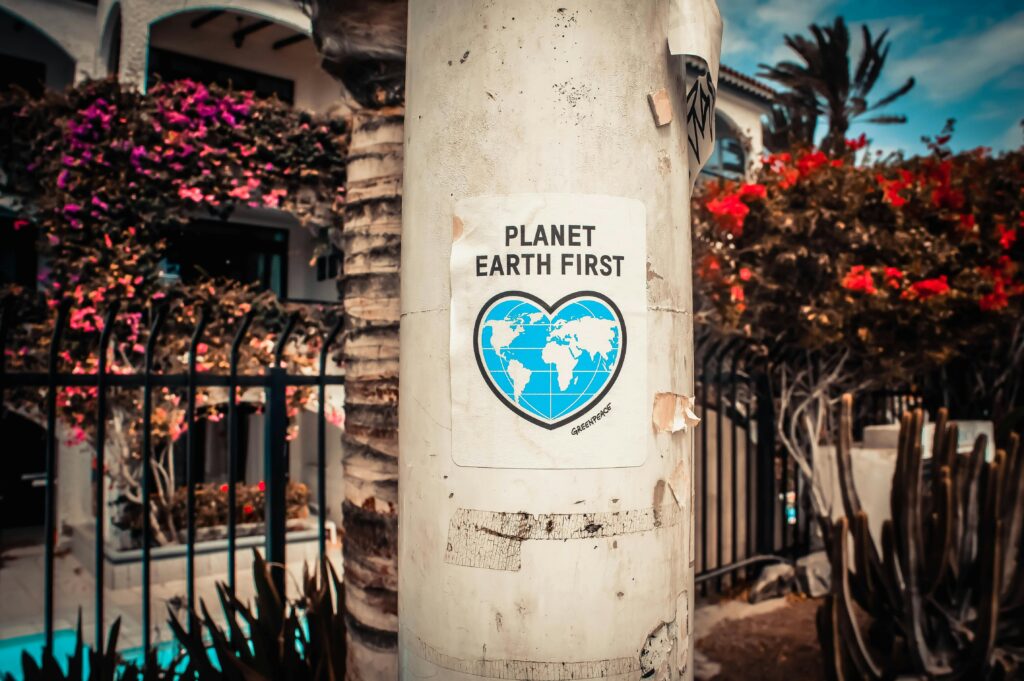The Evolution of Sustainable Shopping: How Consumer Habits and Brands Are Adapting

The Evolution of Sustainable Shopping: How Consumer Habits and Brands Are Adapting
The demand for sustainable products has surged in recent years, and despite economic pressures like inflation, consumers are increasingly prioritizing sustainability in their shopping habits. This shift is forcing brands to adapt by adopting more eco-friendly practices and meeting heightened expectations. In this post, we’ll explore these trends and how brands are responding to the growing emphasis on sustainability.
Consumer Habits Are Shifting Toward Sustainability
Eco-conscious consumerism is no longer a niche market. As people become more aware of climate change and the impact of their purchases, sustainability is becoming a key consideration in everyday shopping decisions. According to a PwC Voice of the Consumer Survey (2024), 46% of consumers are now purchasing more sustainable products as a way to reduce their environmental impact PwC.
However, there is a “value-action gap”, where consumers express interest in sustainability but don’t always follow through due to perceived higher costs or skepticism about brands’ green claims. This gap presents both a challenge and an opportunity for brands Mintel.
How Brands Are Adapting to Meet Sustainability Demands
Brands are increasingly under pressure to demonstrate genuine commitments to sustainability. Consumers are not just looking for buzzwords—they want transparent supply chains, ethical sourcing, and sustainable production processes. McKinsey’s report on consumer trends highlights that companies leading the charge in sustainable practices are seeing higher loyalty from their eco-conscious customer base McKinsey & Company.
Brands like Patagonia and Levi’s have long integrated sustainability into their business models, from offering repair services to using recycled materials. Other brands are now following suit, investing in circular economy models that extend product life cycles and reduce waste McKinsey & Company.
For many brands, success will come from balancing sustainability with affordability. The Mintel Sustainability Outlook points out that consumers, while committed to making greener choices, also want value for money during tough economic times Mintel.
The Role of Technology in Sustainable Shopping
Technology plays a crucial role in this evolution, providing consumers with tools to make informed decisions. Platforms like Terry offer a seamless way for users to shop responsibly. By turning everyday purchases into climate action without adding any extra costs, Terry meets consumers where they are—making it easy to contribute to environmental restoration with every purchase.
Brands benefit from this partnership too. By collaborating with platforms like Terry, they can demonstrate their commitment to sustainability while reaching consumers who are actively seeking eco-conscious options.
Conclusion: The Future of Sustainable Shopping
As sustainability becomes a defining factor in consumer choices, brands that fail to adapt risk losing market share. The next few years will likely see an even greater focus on transparency, ethical practices, and innovative approaches to sustainability. Platforms like Terry will play a pivotal role in helping both consumers and brands navigate this evolving landscape by transforming necessary purchases into meaningful climate action.